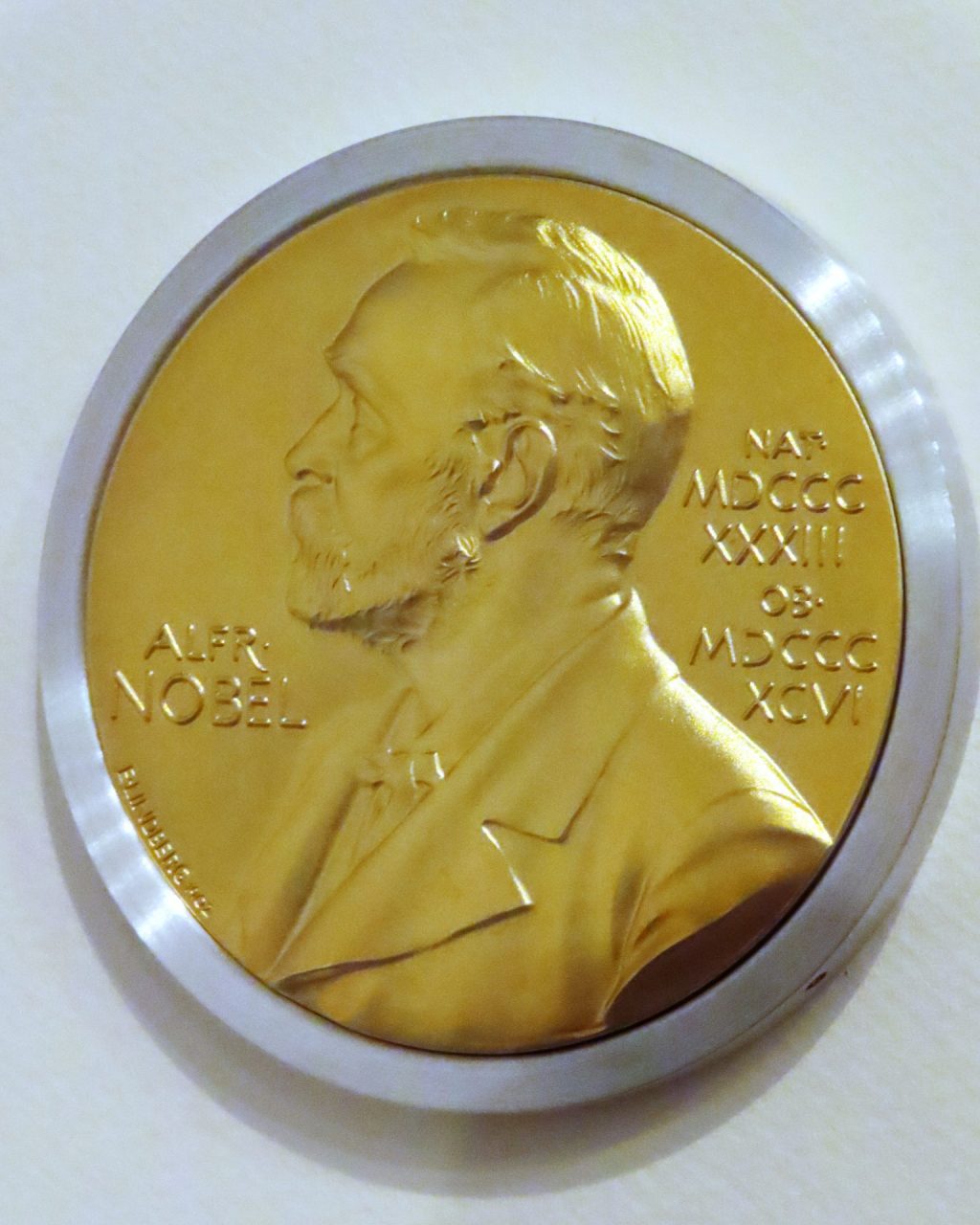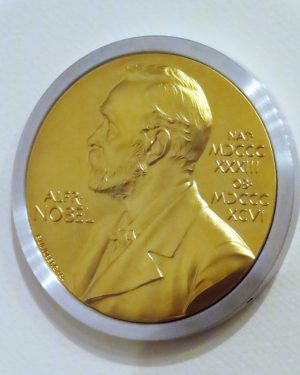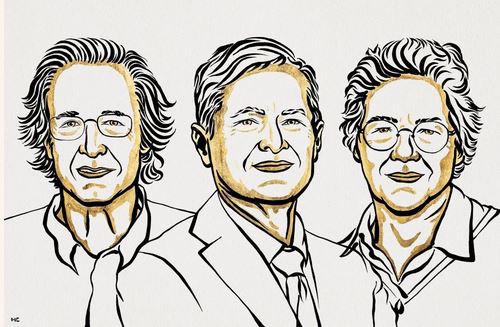Nobel Prize 2023 in Physics awarded to Anne L’Huillier and Pierre Agostini for their work initiated and conducted at CEA-LIDYL (formerly SPAM or SPAS), a fundamental research laboratory of CEA Saclay’s IRAMIS Institute, and Ferenc Krausz of the Max-Planck Institute for Quantum Optics in Munich.
Their pioneering work focused on the generation and characterization of attosecond laser pulses (10-18 s), enabling the ultimate probing of electron dynamics in matter. Today, this work is essential for understanding many phenomena in physics, chemistry and biology. This work is being carried out at the Attolab platform of the CEA-Iramis/Lidyl Laboratory at CEA-Saclay.
Congratulations to the two French Nobel Prize winners, closely associated with the LIDYL teams: Pierre Agostini spent his entire career at the laboratory of the CEA-Saclay (formerly SPAS) from 1967 to 2002, before taking up a position as Professor Emeritus at Ohio University. Anne l’Huillier began her docotoral thesis (“Thèse d’état”) at LIDYL in 1982, which she defended in 1986, followed by a permanent position as scientist at CEA. In 1995, she moved to Lund University, while continuing to work closely with Lidyl teams.

Prix Nobel 2023 de Physique décerné à Anne L’Huillier et Pierre Agostini pour leurs travaux initiés et conduits au CEA-LIDYL (anciennement SPAM ou SPAS), laboratoire de recherche fondamentale de l’Institut IRAMIS au CEA Saclay, et Ferenc Krausz de l’Institut Max-Planck d’optique quantique, à Munich.
Leurs travaux pionniers ont porté sur la génération et la caractérisation d’impulsions laser attosecondes (10-18 s) qui permettent de sonder de manière ultime la dynamique des électrons dans la matière. Ces travaux sont aujourd’hui indispensables pour comprendre de nombreux phénomènes de physique, chimie et biologie. Ils se poursuivent au sein de la plateforme Attolab du Laboratoire CEA-Iramis/Lidyl, sur le centre du CEA-Saclay.
Toutes nos félicitations aux deux Prix Nobel français, étroitement associés aux équipes du LIDYL ! :
- Pierre Agostini a poursuivi toute sa carrière de 1967 à 2002 au sein de ce laboratoire du CEA-Saclay (anciennement le SPAS), avant de prendre un poste de professeur émérite à l’Université de l’Ohio.
- Anne l’Huillier a débuté sa thèse d’état au même SPAS en 1982, qu’elle a soutenue en 1986, suivie de son embauche au CEA. En 1995, elle a rejoint l’Université de Lund, tout en poursuivant une étroite collaboration avec les équipes du Lidyl.
Toutes les informations sur le site officiel.




